The right communication strategy can convey key messages, launch campaigns, build awareness around initiatives and take control during a crisis. Effective governmental communication strategies ensure that multiple listeners across a range of demographics can understand the same message. In this article we’re looking at communication strategies for governmental departments.
#1 Focus on Clear and Simple Communication
People must not feel bamboozled by overcomplicated government jargon. So keep your communication strategies simple and to-the-point. Think about what you want to say and share factual and interesting content that’s relevant to a particular audience. The Government Digital Service (GDS) in the UK is part of the Cabinet Office. Their role is to make digital government simpler, clearer and faster for everyone and their posts are always concise and backed up with stats.
Their digital wallet initiative is explained with precision here. Note the graphic which clearly displays GOV.UK Pay, the free service, available to public sector organisations to take online card payments. This post alone received over 6,000 views (one of their most successful to date) and multiple shares, probably because it tackles the ever-important topic of digital payments and is bold enough to stop people in their tracks when scrolling.
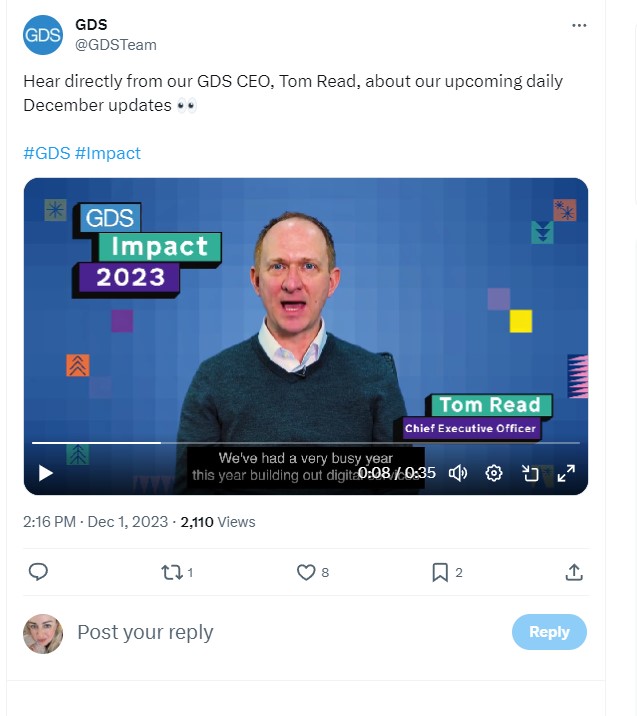
This round-up of what’s been achieved throughout the year is also a great example of easy-to-understand content. As 80% of people prefer video over text, this gets a big marketing tick. It’s also presented by the CEO of GDS, which helps to humanise the brand. The video is supported by written text too, making it suitable for the large majority of people who regularly watch video content with the sound off and those with hearing impairments.
Creating a social media tone of voice guide for your government organisation is key. GDS, for example, has their very own ‘social media playbook.’ This shares best practices and how they plan to use social media going forward. One of the key points made is ‘establishing objectives,’ and how GDS uses social media to ‘raise awareness of the digital transformation of government services.’ This objective is very much reflected in GDS social posts such as this, thereby highlighting how clear goals can inform a social media content strategy.
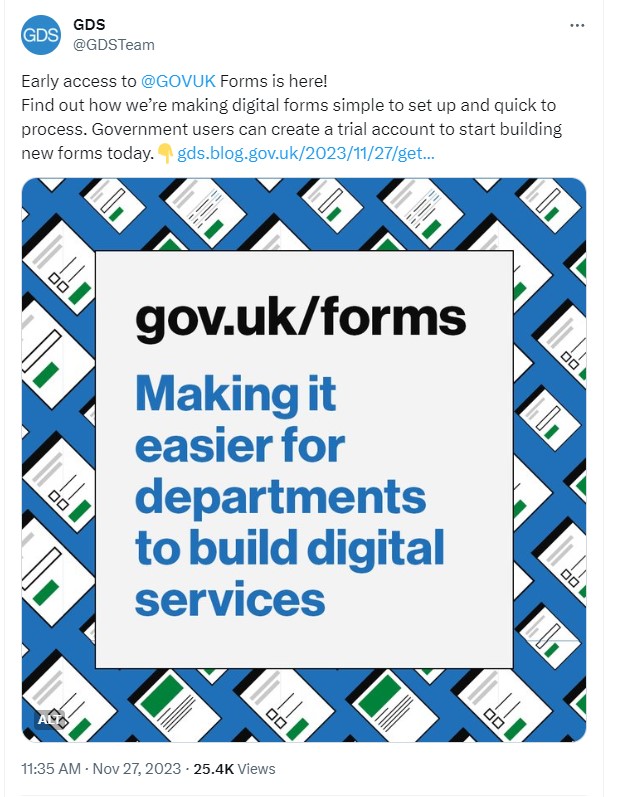
#2 Target the Right Audiences – Legally
Not everyone will be interested in what you have to say online. That’s why it’s important to use social media analytics to understand your audience. This will help you to reach new communities and improve how you communicate with your existing followers. X, formally known as Twitter, allows the following:
- Location Targeting – This will reach people in the countries, regions, metro areas, cities, postal codes or a radius around a location that matters most to your brand.
- Language Targeting – Speak to your audience in their primary language based on their own posts and those they engage with.
- Device, Platform and Wi-Fi Targeting – Target audiences based on phone model, new devices or carriers, or Wi-Fi connected devices.
- Age Targeting – Focus on reaching people in specific age ranges using broad (e.g. 18+) or narrow (e.g. 18-24) age targeting.
- Gender Targeting – Exclusively target males or females, or reach people of all genders.
Ad content or posts from the NHS (a service backed by government framework and accountability) about bowel cancer screening, for example, could be targeted at those aged 54 and above as this is the relevant demographic. Targeting like this is good for the taxpayer and ensures the right people receive the right messaging.
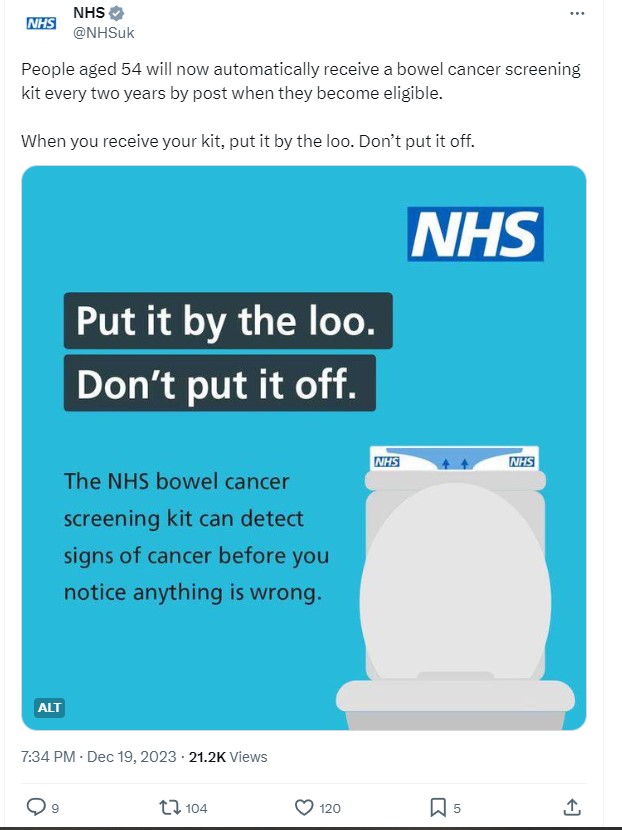
But Be Aware Of Anti Discrimination Policies
Ad targeting is also laden with rules in a bid to stop discrimination. Facebook and Instagram, for instance, have stopped advertisers from targeting users based on their history of posting, reading or liking content related to subjects such as sexual orientation, religion and political beliefs. But governments have wiggled around the rules, using proxies based on very intimate aspects of behaviour and identity.
In one campaign back in the summer of 2022, the Home Office ran hundreds of ads aimed at deterring asylum seekers from coming to the UK, targeted at people from countries including Afghanistan, Syria and Iraq. While Facebook doesn’t allow targeting or excluding individuals based on sensitive characteristics like race or ethnicity, interests including, “Afghanistan national cricket team,” “football in Iraq” and “Syrian cuisine” appear to have been used as a proxy.
Ad targeting has also become more difficult for Meta in recent months. As of November 2023, Meta’s social media platforms have been banned from using the personal data of users for targeted ads without their explicit consent. As Meta uses user data to serve highly targeted ads, they have struggled to comply with the strict GDPR rules introduced in 2018 and will no longer be able to harvest data freely for profits.
Anti discrimination policies are also strongly regulated in the election sphere. A whistle blower revealed how Cambridge Analytica, a company that was owned by the hedge fund billionaire Robert Mercer, and headed at the time by Trump’s key adviser Steve Bannon, used personal information taken without authorisation in early 2014 to build a system that could profile individual US voters.
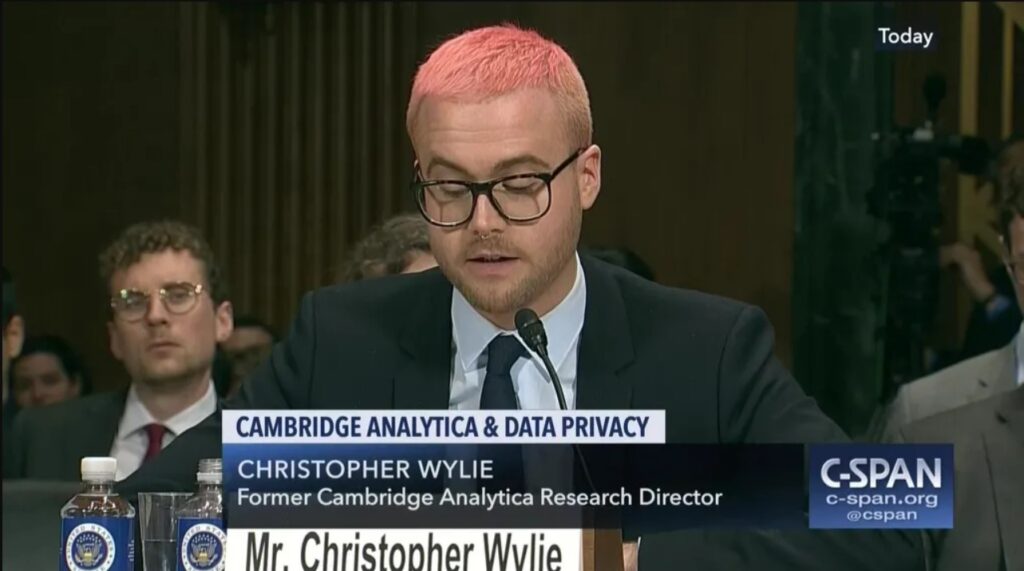
Cambridge Analytica claimed to be able to use Facebook data for its clients to better target political messages to people that could be influenced, also known as “microtargeting.” The U.S. Federal Trade Commission ruled in December that Cambridge Analytica had deceived consumers about the collection of Facebook data for voter profiling and targeting.
#3 Embrace Crisis Communication. Planning and Organisation
During times of crisis, be it a pandemic or the outbreak of war, people look to governments for information and leadership. Such organisations must therefore respond accordingly by:
- Being proactive, not reactive. Understand audience sentiment and what might be causing a panic. From there, you can provide content to calm and advise. Step-by-step and to-do guides work well as they help people to feel more in control. Even in the aftermath of a crisis, you can continue to provide invaluable information.
- Posting factually correct statements. There’s a lot of fake news out there. But it shouldn’t come from government sources. So always double and triple check the information you put in the public eye and get it signed off by compliance teams. As part of your crisis communication plan, you should also know who will post so that conflicting messages aren’t being distributed.
- Using graphics and images to communicate messages. People often get overwhelmed by text or long articles and rely on visual stimuli to make sense of complicated or layered messaging. Images and infographics can be the ideal way to simply convey a complex or distressing message. Similarly, governments must be mindful of those with visual or hearing impairments and language barriers when distributing information and visuals can help with this.
- Scheduling and pulling away social media updates. Emergency situations can develop rapidly, so you must be closely monitoring your communications. Be ready to pull down scheduled messaging, change direction and deliver fresh content. Closely monitor any chatbots, landing page funnels, SMS and automated emails to ensure you are not creating misaligned messaging.
#4 Tighten Your Social Media Security
What you post online is a reflection of the government body itself. One slipup can greatly impact your reputation and leave you struggling to gain respect. The UK Civil Service learnt the hard way when a disgruntled employee posted the following in response to a speech by then Prime Minister, Boris Johnson. This was posted on the main government account and still circulates today via other handles. Yikes.
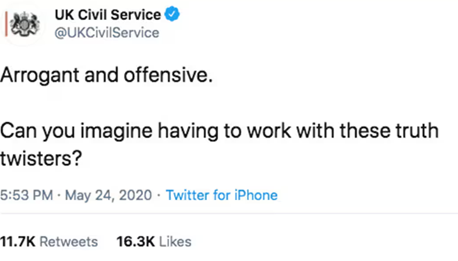
Access to government social media accounts must be strictly protected and monitored to ensure posts like this don’t get through the net. For extra measures, always:
- Interview staff thoroughly and check all references and past experiences. A bit of digging might reveal more than you think.
- Safeguard passwords, making sure only a few people have account access. These passwords should be regularly changed to avoid getting in the wrong hands.
- Employ double or even triple authentication for passwords to governmental accounts. this will give you an early warning if something isn’t right.
- Have a documented social media strategy with listed marketers. When you know exactly who is responsible for posting on each channel, the chance of them doing something silly and risking their job becomes less.
Creating an effective framework for communication requires expertise. Contentworks Agency works with businesses to create and implement communication strategies and social media and content policies. Book a free Zoom call to get started.
